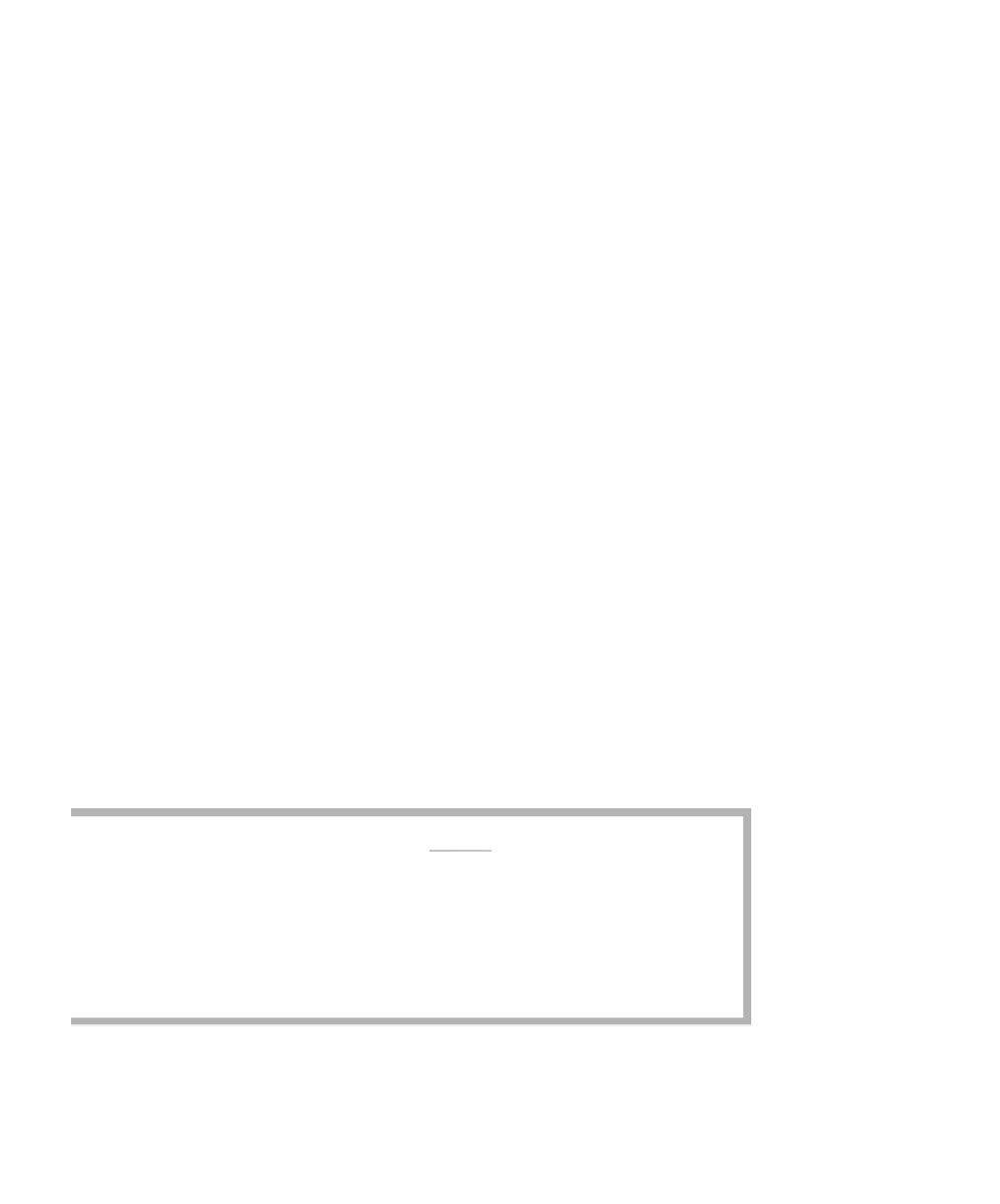Java Reference
In-Depth Information
We begin by examining how to alter
D
w
. In solving the unweighted
shortest-path problem, if
D
w
=
We use
D
v
+
c
v, w
as the new dis-
tance and to decide
whether the dis-
tance should be
updated.
∞
, we set
D
w
=
D
v
+ 1 because we lower the
value of
D
w
if vertex
v
offers a shorter path to
w
. The dynamics of the algo-
rithm ensure that we need alter
D
w
only once. We add 1 to
D
v
because the
length of the path to
w
is 1 more than the length of the path to
v
. If we apply
this logic to the weighted case, we should set
D
w
=
D
v
+
c
v, w
if this new value
of
D
w
is better than the original value. However, we are no longer guaranteed
that
D
w
is altered only once. Consequently,
D
w
should be altered if its current
value is larger than
D
v
+
c
v, w
(rather than merely testing against
∞
). Put sim-
ply, the algorithm decides whether
v
should be used on the path to
w
. The
original cost
D
w
is the cost without using
v
;
the cost
D
v
+
c
v, w
is the cheapest
path using
v
(so far).
Figure 14.23 shows a typical situation. Earlier in the algorithm,
w
had its
distance lowered to 8 when the eyeball visited vertex
u
. However, when the eye-
ball visits vertex
v
,
vertex
w
needs to have its distance lowered to 6 because we
have a new shortest path. This result never occurs in the unweighted algorithm
because all edges add 1 to the path length, so
A queue is no
longer appropriate
for storing vertices
awaiting an eyeball
visit.
D
u
D
v
≤
implies
D
u
+
1
≤
D
v
+
1
and thus
D
w
D
v
≤
+
1
. Here, even though
D
u
D
v
≤
,
we can still improve the
path to
w
by considering
v
.
Figure 14.23 illustrates another important point. When
w
has its distance
lowered, it does so only because it is adjacent to some vertex that has been
visited by the eyeball. For instance, after the eyeball visits
v
and processing
has been completed, the value of
D
w
is 6 and the last vertex on the path is a
vertex that has been visited by the eyeball. Similarly, the vertex prior to
v
must also have been visited by the eyeball, and so on. Thus at any point the
value of
D
w
represents
a path from S to w using only vertices that have been
visited by the eyeball as intermediate nodes.
This crucial fact gives us Theo-
rem 14.1.
The distance for
unvisited vertices
represents a path
with only visited
vertices
as intermediate
nodes.
figure 14.23
The eyeball is at
v
and
w
is adjacent, so
D
w
should be lowered
to 6.
3
8
3
v
w
0
S
6
2
u












Search WWH ::

Custom Search